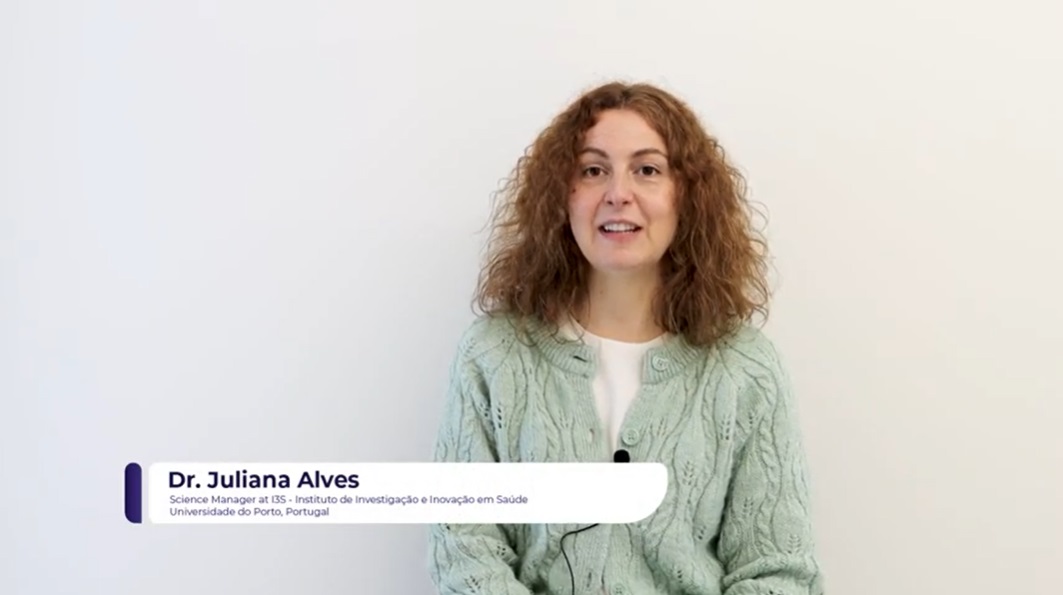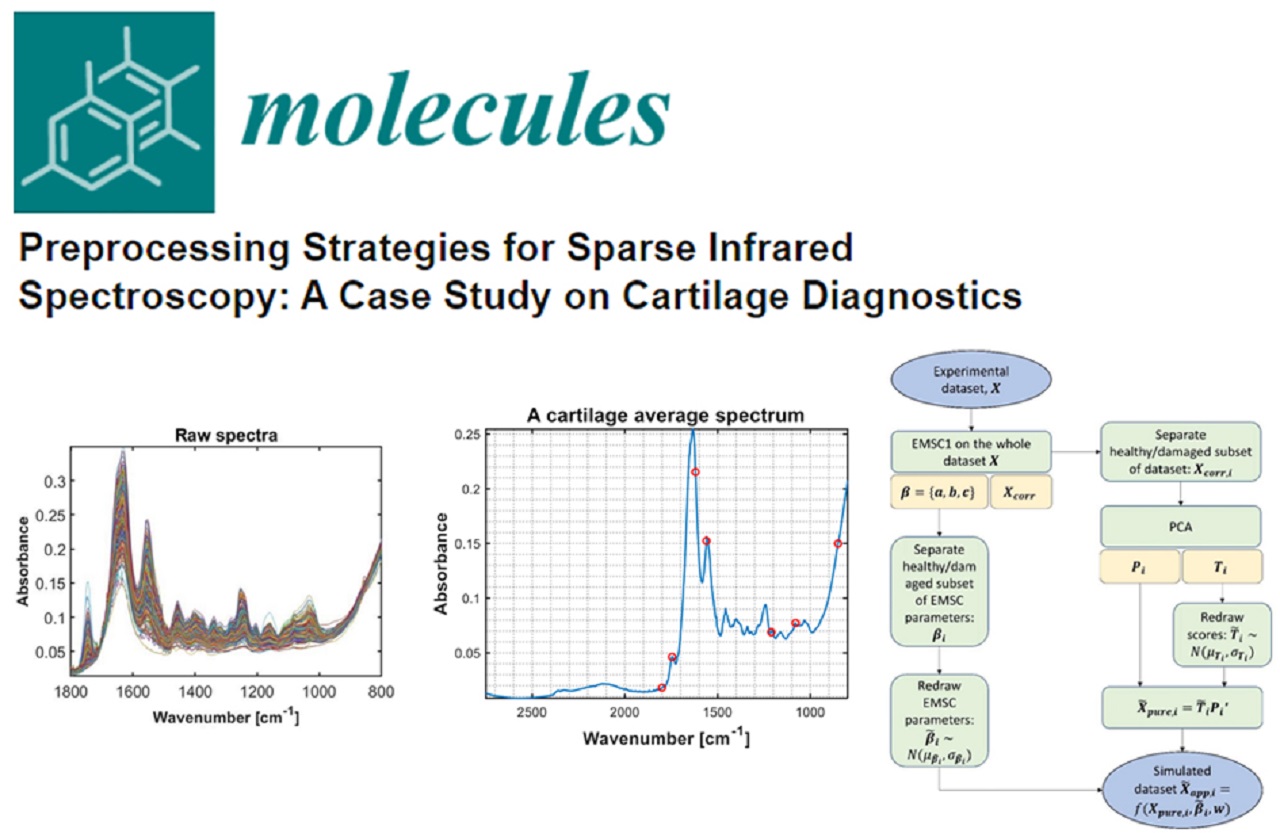Currently, damage to the articular cartilage is diagnosed by standard imaging techniques (X-Ray, Computed tomography or MRI) or using more invasive methods such as manual probing during arthroscopy. The drawback of these techniques is that they cannot detect changes to the cartilage at an early stage. Furthermore, arthroscopy relies heavily on the individual experience of each operator, making it a highly subjective technique.
One of the first signs of articular cartilage degeneration is the softening of the tissue which can be observed on the live individual, both in humans and animals. During arthroscopy, a metallic hook probe is used to examine the area and analyse its consistency, supporting the diagnosis.
On the video you can see images of an arthroscopic surgery to a horse’s knee, where a full thickness cartilage lesion was filled with a fibrous-like repair tissue (darker colour). Manual probing demonstrated that the repair tissue felt softer than healthy cartilage and that the tissue surrounding the lesion also appeared to have a softer consistency.
This illustrates the subjective nature of this technique and highlights the need to develop techniques allowing for an objective and precise assessment of the quality of the cartilage.
MIRACLE is developing a new surgical probe resembling the metallic hook probe seen on this video, which will embed advanced light technologies and sensors enabling a quantitative and objective evaluation of articular cartilage health. Once such a probe is available, early cartilage degeneration can be objectively detected during arthroscopic surgery and treatment can be installed in the very early phase in order to prevent ongoing cartilage damage and subsequent development of osteoarthritis and pain.


